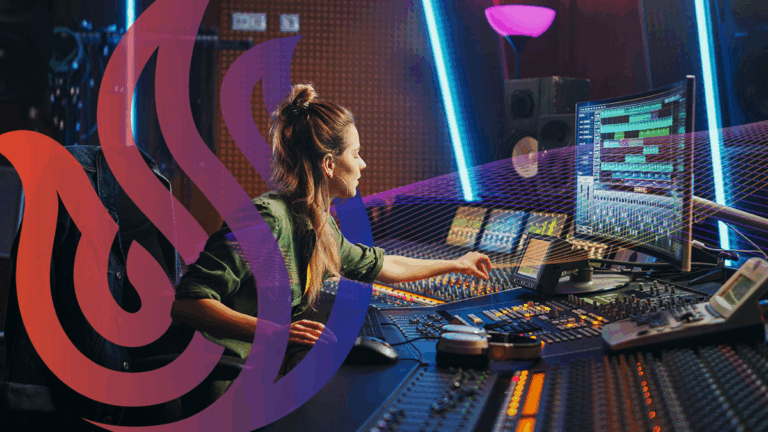In the realm of filmmaking, sound design plays a pivotal role in shaping the audience’s cinematic experience. Whether it’s the ominous creaking of a door, the subtle rustling of leaves, or the heart-pounding beats of an intense action sequence, sound design adds depth and emotion to visual storytelling. In this blog post, we’ll delve into the core aspects of sound design, exploring the five key elements that contribute to creating a memorable auditory journey in film.
The Crucial Role of Sound Design in Film
1. Dialogue and Speech Clarity
Clear and impactful dialogue is fundamental to a film’s narrative. Sound designers must ensure that spoken words are crisp and easily understood, allowing the audience to connect with the characters and follow the story seamlessly. Techniques such as proper microphone placement, editing, and thoughtful use of ambient noise contribute to enhancing dialogue clarity.
2. Ambient Sounds and Atmosphere
To transport the audience into the world of the film, sound designers strategically incorporate ambient sounds. Whether it’s the gentle hum of a cityscape, the chirping of crickets in a serene forest, or the bustling energy of a crowded market, ambient sounds establish the film’s atmosphere. This element is crucial in immersing viewers and enhancing the overall viewing experience.
3. Music and Score Composition
The musical score is the heartbeat of a film, evoking emotions and setting the tone for each scene. Sound designers collaborate with composers to integrate music seamlessly, ensuring it complements the narrative and enhances the emotional impact. From subtle background melodies to powerful symphonies, the right musical elements elevate the entire cinematic experience.
4. Foley and Sound Effects
Foley artists work behind the scenes to create realistic sound effects that synchronize with on-screen actions. Whether it’s the footsteps of a character, the creaking of a door, or the revving of an engine, these carefully crafted sounds add authenticity to the visual elements. Sound designers meticulously select and layer these effects to enhance the realism and engagement of the film.
5. Spatial Sound and Surround Mixing
In the realm of modern filmmaking, spatial sound is a game-changer. Utilizing advanced audio technologies, sound designers create a three-dimensional auditory experience. This involves placing sounds in specific locations within the soundstage, allowing for a more immersive and dynamic portrayal of the on-screen events. Surround mixing techniques enhance the spatial distribution of sound, enveloping the audience in a captivating audio environment.
Prepare for Your Dream Career at USV
The University of Silicon Valley stands for those passionate about sound design in film. Our Audio and Music Technology Department empowers individuals to master the 5 Elements of Sound Design, shaping the future of cinematic brilliance. As you embark on this journey, consider how the University of Silicon Valley can guide your exploration of the art and science of sound design. Request more information and explore our Audio and Music Technology Department.


